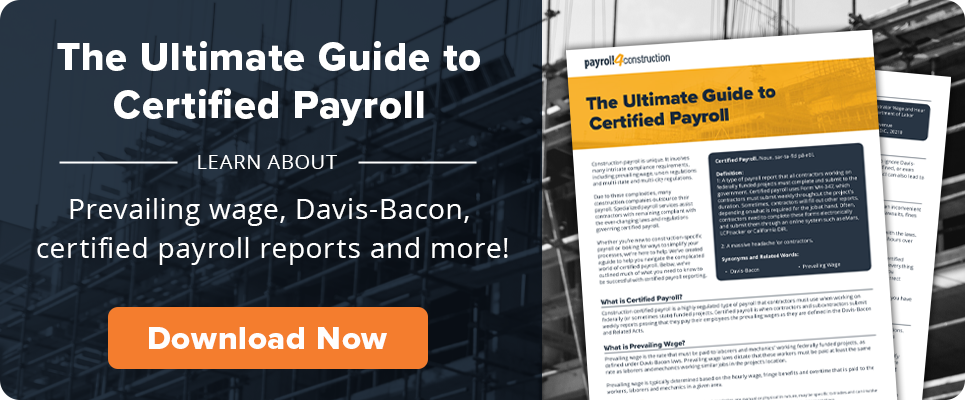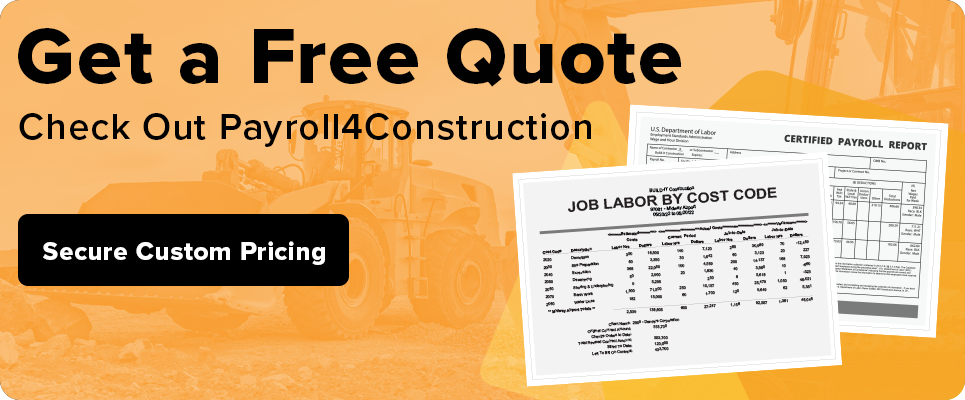Payroll Tip: Prepare With a Payroll Contingency Plan

August 22, 2017
Prepare With a Payroll Contingency Plan.
They call it the unexpected for a reason — but you can pretty much expect it to happen. It’s not just the vacation Sue’s taking; it’s what happens if the bank isn’t authorized to talk with her backup. It’s not as much preparing your star staff member for every contingency; it’s what happens if they’re out for a month with a family emergency. Sudden staff absences happen, and even if your employees can forgive a late paycheck, banks and tax agencies typically won’t. So what does a contingency plan look like?
1. Cross-Train Employees
First, cross-train employees on your payroll functions and any relevant software. It’s hard to replace institutional memory — that one staff member who knows where every file is located and how everything in the office works — but that shouldn’t mean you can’t function without them. Pat can still be your designated QuickBooks wiz; just make sure someone else can use it to process and troubleshoot timecards if needed.
A combination of process documents, one-on-one training, and practice can help make sure at least one other person in your office knows the different steps to be completed from start to finish. You can assign different roles from there. But sharing the high-level overview can prevent a ball from getting dropped in case the unforeseeable has you scrambling one day.
2. Give Appropriate Levels of Access
For whatever role an employee plays in your contingency plan, ensure they have the access they need — and only the access they need. Login credentials and bank information should be secure but accessible to specific key people in a pinch. However, be aware of the level of access you’re giving out. If your part-time bookkeeper needs a password for your payroll software, for example, set up a restricted security role so that they can’t see sensitive salary information — or change their own!
Additionally, make sure you’ve authorized your bank, tax agencies, or any outside service providers to speak with your backup staff. Otherwise, your employee might know exactly how to resolve an ACH issue but be unable to do anything because the bank has no legal authorization to work with them to resolve it.
3. Invite Outside Help
Seriously consider having an outside party available to resource you — whether that’s your construction CPA or the additional help of a payroll service. Depending on their range of services and your relationship with them, they can potentially work with tax agencies for you or even assist with data entry if you’re shorthanded. In the end, it’s as simple a choice as relying on professional expertise rather than relying on everything going as planned.
4. Practice Makes Good Enough
Have a plan in place, have it documented, but, just as importantly, have it in practice. Don’t put in all this work just to file it away! Once you feel like you have something put together, do at least one dry run as a trial. Have your backup run one payroll (under supervision!) from start to finish. Make it an additional challenge by quizzing each other. (“What would you do if these out-of-state timecards came back in an error?” “Pretend you found a mistake on this pre-check report. How would you fix it?”). Let them ask contingency questions too. Then, make any adjustments to your plan from what you learned running through it.
Finally, don’t stop there. Schedule time quarterly or annually to go through a practice run again. Keep making adjustments as you find necessary. Infrequent practice might not make perfect — after all, you’re hoping never to use a contingency plan. But it will make good enough so that when Murphy’s Law inevitably applies, you’ll be a couple of steps ahead.
Share Article
Keep on current news in the construction industry. Subscribe to free eNews!


